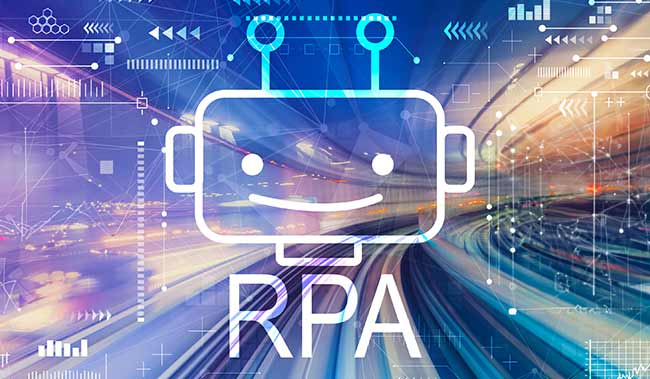27th June 2025

In today’s fast-paced, technology-driven world, businesses are under constant pressure to do more with less, faster, smarter, and at lower costs. Enter robotic process automation (RPA).
In this guide, we’ll explore what RPA is, how it works, the challenges businesses face during implementation, and best practices to ensure long-term success.
Robotic process automation (RPA) is a transformative technology that allows businesses to automate repetitive, rule-based tasks using software “robots” or bots.
These bots mimic human interactions with digital systems, such as entering data, processing transactions, or responding to simple queries, all without changing existing IT infrastructure.
In essence, RPA acts like a digital workforce that handles time-consuming tasks, allowing human employees to focus on more strategic, creative, or decision-based work.
Robotic process automation works by deploying software bots that can replicate the actions a human performs within digital systems.
These bots interact with applications, websites, and databases through the user interface, just like a person would, but with greater speed, consistency, and without fatigue.
Here’s a breakdown of how RPA functions:
Implementing robotic process automation isn’t just about installing bots and hitting “go”. Organizations often face challenges that can derail even the most promising RPA projects. Here are two of the most critical, and how to get ahead of them.
Many RPA projects stumble out of the gate by trying to automate tasks that are too complex, poorly understood, or frequently change. Without a clear strategy, automation can end up creating more problems than it solves.
Focus on stable, rule-based and repetitive tasks that involve structured data. Start with well-documented processes that don’t rely heavily on human judgement.
Use tools like process mining or conduct internal workshops to pinpoint automation-ready workflows, and build your roadmap from there.
RPA bots are great at following structured instructions, but they struggle with unpredictability. If a process includes too many variations, exceptions, or edge cases, the bot might fail or require constant human intervention.
Before automation, map out all known exceptions and decision points in a process. Use conditional logic or combine RPA with AI tools (like machine learning or natural language processing) to handle semi-structured data or exceptions. Where possible, standardize the process to reduce variability.
Jumping into large-scale automation too quickly can lead to errors, inefficiencies, and resistance from teams. A phased approach allows you to learn, adjust, and prove ROI early on.
Begin with a low-risk, high-volume process that’s well documented and rule-based. Use it as a pilot to test your RPA tools, governance, and team collaboration. Once refined, you can replicate success in more complex areas.
RPA touches multiple departments – IT, operations, compliance, and business units. Without alignment, the bots may solve the wrong problems or cause workflow conflicts.
Create a cross-functional team or Centre of Excellence (CoE) that includes IT leaders, business analysts, and process owners.
This group should own governance, prioritize automation opportunities, and monitor performance post-implementation.
Processes evolve. Systems get updated. If bots aren’t built with flexibility in mind, even minor changes can break automation.
Anticipate changes by designing bots with modular, maintainable logic. Use exception-handling routines to deal with errors or edge cases gracefully.
Document processes thoroughly and include fallback steps that notify human workers when intervention is needed.
This article is a revised version of What Is Robotic Process Automation?, originally published by CallMiner.
For more on robotic process automation, read these articles next:
Reviewed by: Rachael Trickey